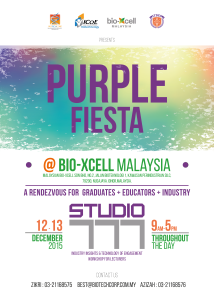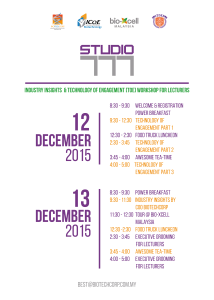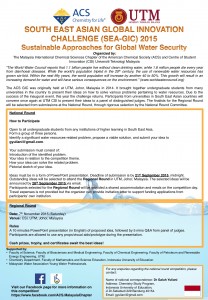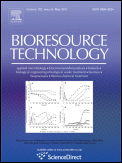Update (18 October 2016): This position has now been filled.
MSc and PhD positions are now available on characterisations of marine microalgae associated with harmful algal bloom (HAB) in Malaysia. Applications are invited from candidates with good BSc (for MSc study), and MSc degree (for PhD study) in Biology, Microbiology, Biochemistry, Marine Biology, and related disciplines. Monthly allowance are provided (Malaysian only). Interested candidate may email me at firdausw@utm.my. Project details are provided below.
Title: Characterisation of Marine Microalgae Associated with Algal Bloom Events in Malaysian Waters
Researchers: Assoc. Prof. Datin Dr. Zaharah Ibrahim, Dr. Mohd Firdaus Abdul Wahab, Assoc. Prof. Dr. Shafinaz Shahir, Dr. Haryati Jamaluddin, FBME, UTM Skudai.
Dr. Shaza Eva Mohamad, MJIIT, UTM Kuala Lumpur.
Collaborators:
Prof. Dr. Mazlan Hashim (and his remote sensing team), Geoscience and Digital Earth Centre (INSTeG), UTM.
Assoc. Prof. Dr. Normah Maan (and her mathematics team), Department of Mathematics, Faculty of Science, UTM.
Dr. Batiah Mahadi (and her social science team), Faculty of Management, UTM.
Dr. Amin Pour (and his geology team), Geoscience and Digital Earth Centre (INSTeG), UTM.
Project Summary:
This study is an important sub-project of TRGS programme focusing on the verification of mathematical modelling developed by sub-project 4 (mathematics team) related to algal bloom events and the impacts of climate change on marine microalgae in Malaysian waters.
The physiology and chemical responses of marine microalgae changes according to the environmental impacts. The change in climate affects the ocean parameters, leading to more frequent algal blooms. Evidently, harmful algal blooms (HABs) in Malaysian waters were found to occur more frequently, with significant economic impacts on coastal aquaculture industries. Space-based satellite detection provides a platform for early warning system. However, models constructed based on the satellite data will have to be correlated with in situ measurements and laboratory experiments on the marine microalgae.
Thus, seawater samples will be collected and ocean parameters will be measured at the algal bloom locations. The samples will be brought back to the laboratory to further characterise the species present. Toxins levels in the microalgae will be identified and quantified. Mathematical models will be developed, based on satellite data and historical in situ data on algal bloom events in Malaysia. The models will be used to predict the location and time of next algal bloom events. At the predicted location and time, seawater samples will be collected together with measurements of parameters described above.
This research is expected to provide laboratory data to determine the accuracy of the developed mathematical model and to bridge the gap between observations and predictive understanding of algal blooms. Real data such as algal cell concentration, species and toxin levels and types will be utilised to validate the model to predict and forecast algal growth dynamics and HAB formation. Accurate forecasting of algal bloom events by specifically addressing algal dynamics as predictive tool will mitigate the impacts on human populations and ecosystems.
Specific Project Objectives:
- To collect seawater samples at the marine microalgal bloom locations and measure the physical and chemical parameter.
- To enumerate marine microalgal and identify algae species associated with the bloom event using molecular approach.
- To determine the type and quantity of toxin present in the algal cells associated with the bloom.
- To verify model equations of harmful algal blooms (HABs).





